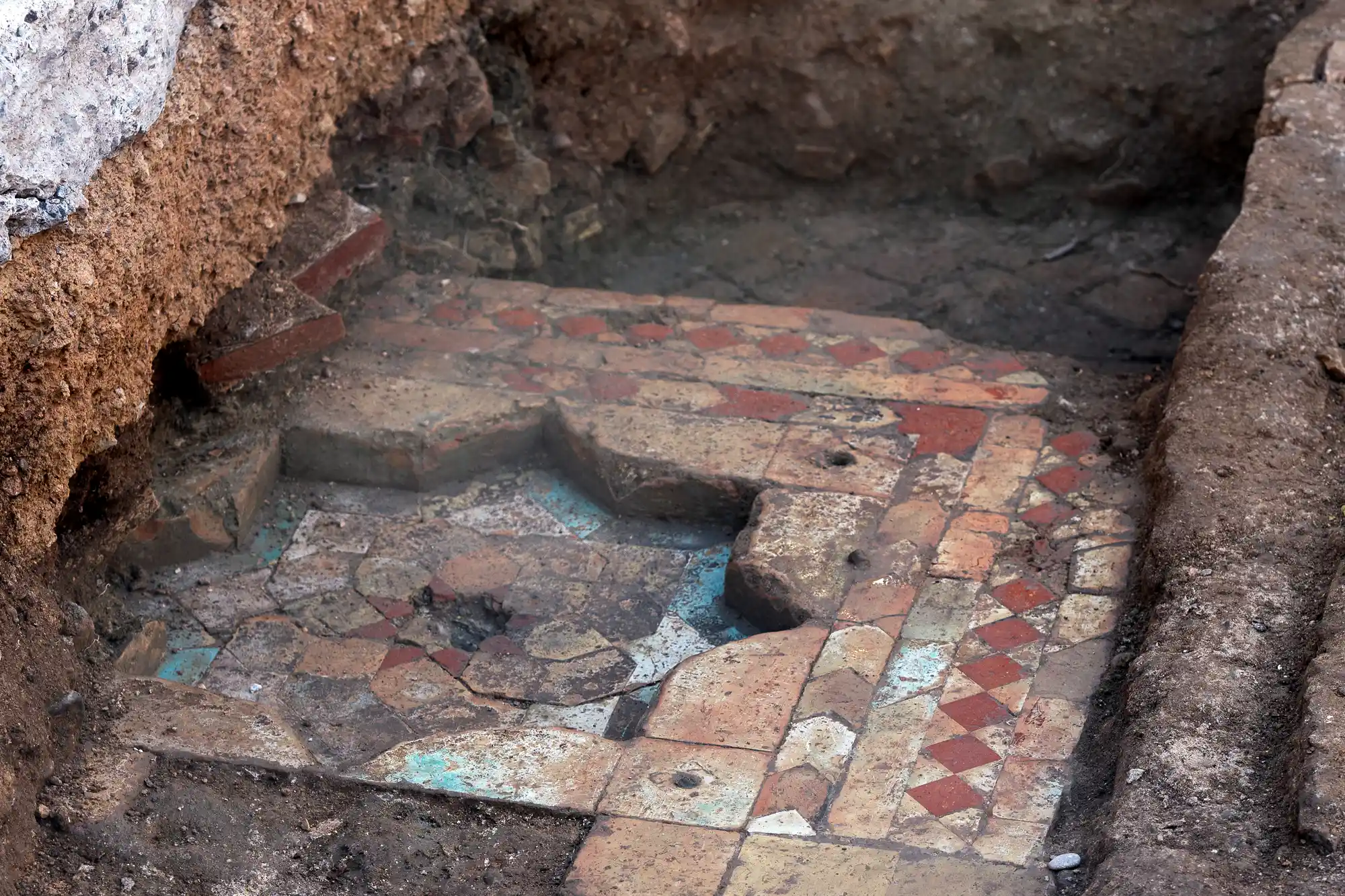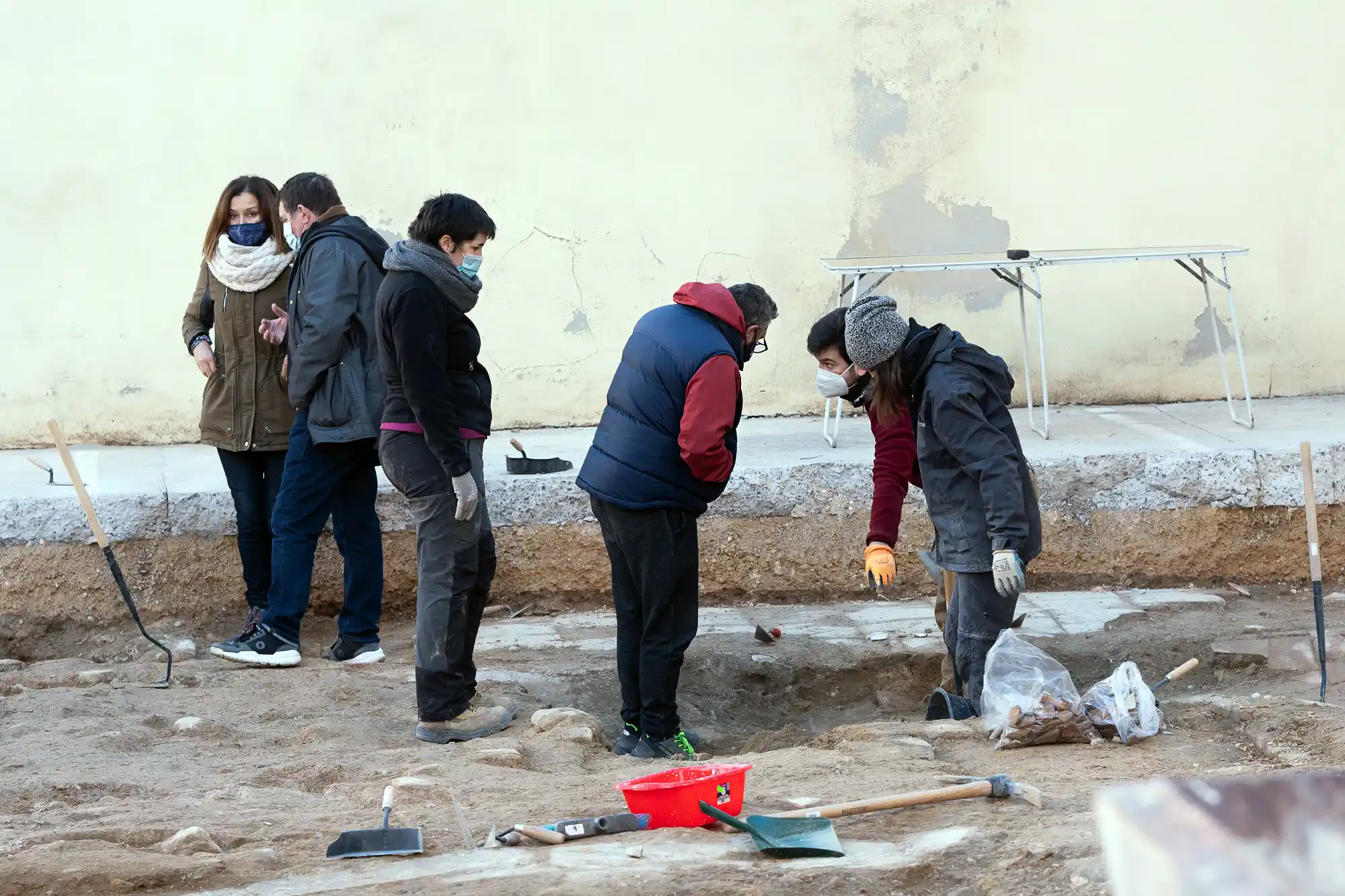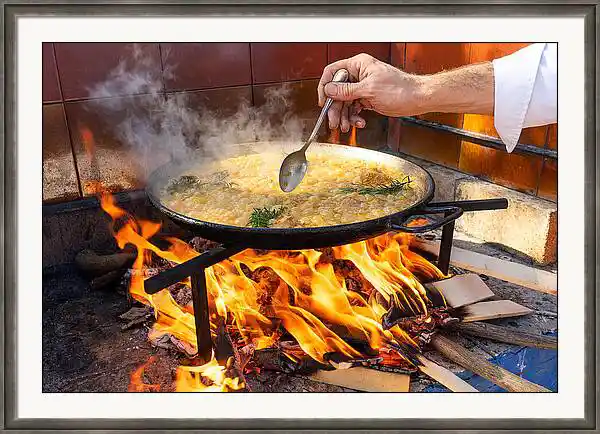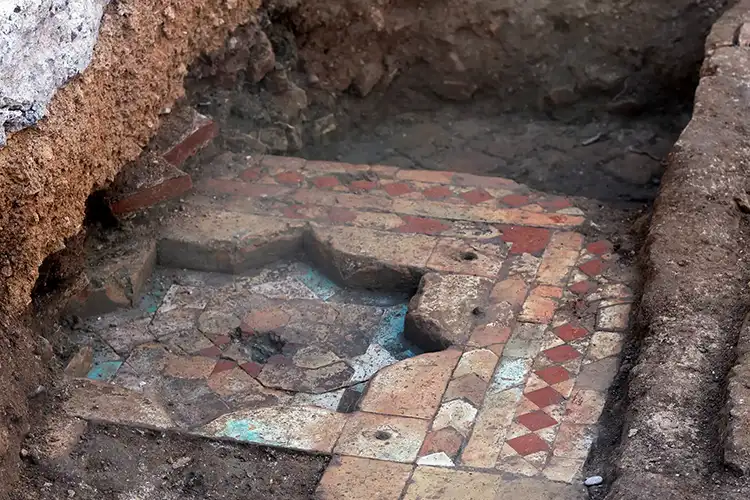Founded in 138 BC by the Romans as the colony of Valentia Edetanorum, Valencia has been continuously inhabited for over two millennia. The streets and plazas we recognize as the current city center actually form just the top layer of centuries of development, and you don’t have to dig too deep before encountering ruins — Arabic, Roman, or even Visigoth. This might complicate new construction projects in Valencia, but it’s also a vivid reminder of the city’s rich history.
Table of Contents
Moorish Bath House

It’s a difficult balancing act to honor the city’s history, while also pushing new projects forward. Recently, Valencia green-lit massive reconstructions of the Plaza del Ayuntamiento, the Plaza de la Reina, as well as the entire area around the Mercado Central — arguably, the three most historic zones in the city. Inevitably, the crews dug up old ruins, each time putting construction on-hold until an excavation team could clear the area. The Ley de Patrimonio Histórico Español (“Spanish Law of Historic Patrimony”) requires that any significant archaeological discoveries be preserved.
Construction Video
If you’re interested in the city’s fascinating history, we recommend a visit to the L’Almoina: a subterranean museum that showcases the literal layers of Valencia’s history, while modern life continues unabated above its glass ceilings. Located right next to the city cathedral, this museum provides a fascinating insight into the various iterations of Valencia’s layout.
Excavation Team

During our evening walks, we occasionally come across excavation teams evaluating new findings. Recently, we encountered a team working on a Moorish bath house right in the heart of El Carmen. We were able to get a glimpse of an old fountain decorated with ancient tiles. This random encounter made us appreciate how cool it is to live in a city that’s basically a giant open air museum.
Valencia Infos
This site contains affiliate links. We may receive a commission if you make a purchase. More Information!
Valencia Photos
Most images and videos can be licensed for commercial and editorial use, please contact us to find out more.
Valencia Map
Valencia FAQs
What is the best time to visit Valencia?
With its Mediterranean climate, Valencia experiences gentle winters and sweltering summers. The spring months of April and May, along with the autumn months of September and October, present enjoyable weather and smaller crowds, making these times ideal for a visit.
What is the local cuisine like in Valencia?
Valencia is celebrated for its signature dish, paella, which is a savory rice meal that often includes seafood or meat. The region also offers unique delights such as horchata, a refreshing drink made from tiger nuts, complemented by sweet pastries called fartons and tasty fried dough balls known as buñuelos.
Is it safe to travel to Valencia?
Most people view Valencia as a secure city. That said, it’s smart to remain vigilant and take safety measures, especially in crowded areas.
Framed Valencia Photos
Witness the artistry of paella preparation as a skilled chef stirs the vibrant rice dish over an open flame. Available as framed art print.




Leave a Reply